Retro Replay Review
Gameplay
The King of Fighters 2001 builds on the solid foundation of its predecessors by retaining the familiar, fast-paced combat system while introducing more strategic depth through its revamped striker mechanics. Each team can now field up to three strikers alongside a single active fighter, or flip the setup to have up to four fighters with no strikers at all. This flexibility allows veterans to experiment with hybrid tactics—calling in strikers to extend combos or save them for clutch defensive moves—while newcomers can opt for straightforward four‐fighter skirmishes.
(HEY YOU!! We hope you enjoy! We try not to run ads. So basically, this is a very expensive hobby running this site. Please consider joining us for updates, forums, and more. Network w/ us to make some cash or friends while retro gaming, and you can win some free retro games for posting. Okay, carry on 👍)
Power management plays a pivotal role in KOF 2001’s gameplay loop. Every assigned striker contributes to your overall Power Stock, meaning a striker-heavy lineup can unleash multiple Desperation Moves in quick succession. Conversely, a pure four‐fighter team focuses resources into one character’s stockpile, favoring devastating single‐character outbursts. This risk‐reward system adds layers of decision‐making between rounds, as you adjust your party composition to suit your style or counter your next opponent.
Accessibility is bolstered by the intuitive four‐button layout and tight input windows, making standard combos and special moves feel responsive even in the heat of intense arcade battles. The balance among the expanded 42‐character roster remains impressively stable, with each new face—May Lee’s acrobatic kicks, Angel’s unorthodox chain combos, or K9999’s wild blade strikes—carving out a distinct niche. Seasoned players will appreciate hidden mix‐ups and tech strikers, while casual fighters can pick a favorite team and enjoy immediate, pick‐up‐and‐play action.
Graphics
Visually, The King of Fighters 2001 delivers crisp, hand‐drawn sprites that retain the beloved aesthetic of the series. Character animations are fluid, with carefully choreographed poses and impactful hit sparks that convey the weight of each strike. Background stages span diverse global locales—from neon-lit city streets to ominous NESTS laboratories—each rendered with vibrant color palettes and subtle parallax effects that add depth without distracting from the core fighting action.
Boss characters Original Zero and Igniz stand out not just in challenge but in design, featuring larger, more elaborate sprites and dynamic intro animations that underscore their high-rank status within NESTS. Particle effects for Desperation Moves and Hyper Striker calls have received a polish over previous entries, with explosive bursts and lingering afterimages that sharpen the sense of cinematic flair. Even on arcade‐style hardware, the game maintains a consistent 60 frames per second, ensuring every parry, jump, and attack feels smooth.
While some backgrounds may appear slightly static by modern standards, each stage boasts interactive details—broken crates, flickering billboards, and shadowy figures—that reward close inspection. Character portraits in the versus screens are richly detailed, capturing distinct personalities and mood. Overall, the graphics strike a fine balance between classic 2D artistry and tasteful animation enhancements that serve both nostalgia and visual excellence.
Story
The narrative thread of KOF 2001 picks up the NESTS saga with a renewed sense of urgency: once again, teams from around the world converge to claim the King of Fighters crown, only to discover that the shadowy NESTS organization has sent its own deadly operatives to dominate the tournament. Fans of the series will appreciate how this chapter deepens the mystery behind the cloned fighters and the enigmatic Zero, teasing long‐standing conflicts while introducing Igniz as a formidable new antagonist.
Story mode unfolds through a sequence of character‐specific arcs, allowing players to experience different perspectives on the tournament’s true purpose. Though dialogue is delivered in classic on‐screen text boxes and limited voice samples, each fighter’s motivations come through thanks to distinctive portraits and well‐written banter. The sense of camaraderie between returning teams—like Heidern’s mission squad or the comedic trio of Chang, Choi, and Kim—is juxtaposed against the cold, clinical aura of NESTS operatives, creating an engaging push‐and‐pull in tone.
While Prince Igniz’s chilling entrance and the climactic showdown with “Original Zero” offer genuine dramatic highs, the story remains functional rather than revolutionary. Its greatest strength lies in giving fans new lore to dissect and arenas to explore, rather than delivering an epic cinematic campaign. Nonetheless, the loose narrative structure perfectly complements the arcade‐style progression, encouraging multiple playthroughs to uncover all endings and secret character interactions.
Overall Experience
The King of Fighters 2001 stands out as a high point in the long‐running series, blending tried‐and‐true mechanics with enough fresh ideas to keep even series veterans on their toes. The customizable striker system encourages player creativity, while the robust character roster ensures every match feels unique—whether you’re piloting four power‐stocked rookies or unleashing a flurry of combos with a single, fully‐powered ace.
Arcade enthusiasts will appreciate the lightning‐fast responsiveness and perfectly tuned difficulty curve, while competitive players can dive into local or online versus modes to explore advanced tech strats and mix‐ups. The visual presentation—rich 2D sprites, dynamic backgrounds, and polished effects—complements the gameplay without ever overshadowing it, creating a cohesive package that still looks and feels great decades after its original release.
Whether you’re drawn by the nostalgia of classic 2D fighting or seeking a deep, mechanically rich arcade brawler, The King of Fighters 2001 delivers on all fronts. Its combination of strategic striker choices, balanced roster, and engaging storyline within the NESTS arc makes it a must‐play for any fighting game aficionado looking to hone their skills or simply enjoy one of SNK’s most polished offerings.
 Retro Replay Retro Replay gaming reviews, news, emulation, geek stuff and more!
Retro Replay Retro Replay gaming reviews, news, emulation, geek stuff and more!
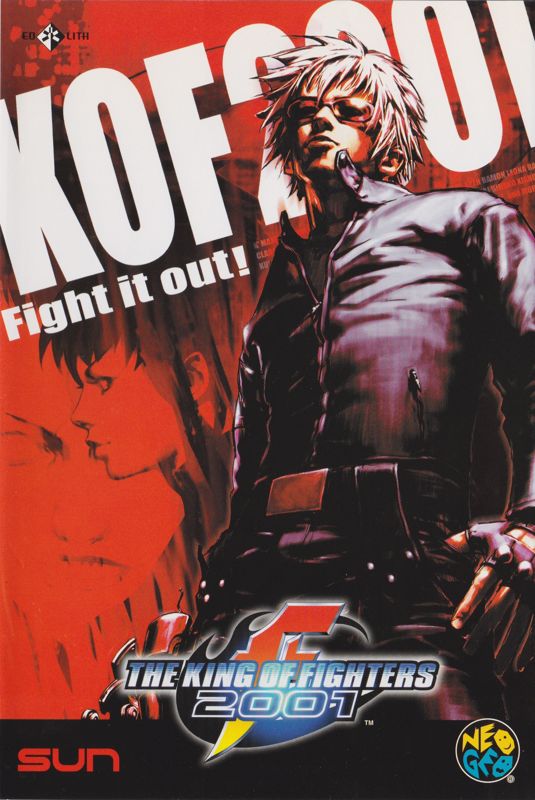

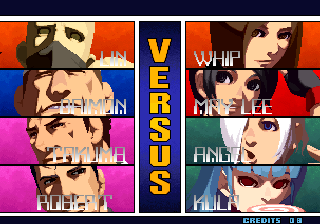
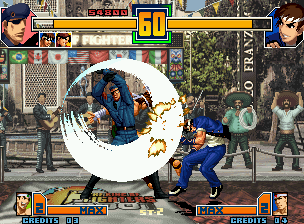

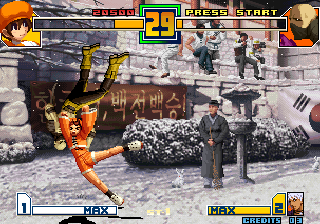

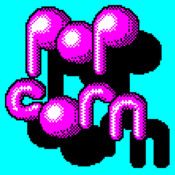

Reviews
There are no reviews yet.